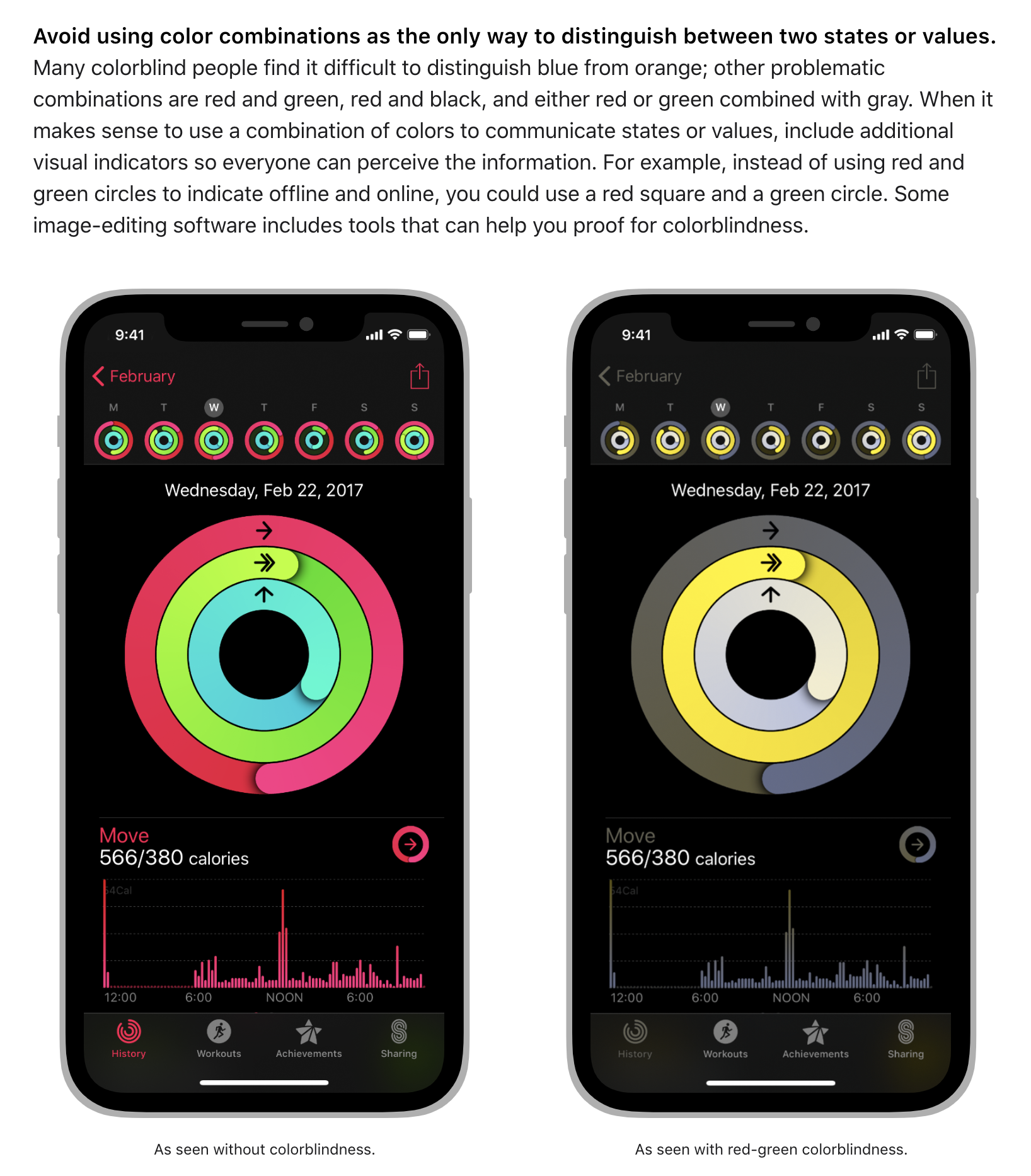All technology is assistive
While I didn’t read Sara Hendren’s 2014 Backchannel column until a few years after she published it, I’ve subscribed to the ideology she presents for awhile. (I likely soaked it up via accessibility-in-design advocates on Twitter.)
Charles & Ray Eames said in 1972: “Design depends largely on constraints. There are always design constraints, and these often imply an ethic.” Using accessibility as a constraint when designing can feel unnecessarily challenging, but it consistently yields a better result—financially, morally, design-wise, legally—than waiting for customers to have bad experiences & patching products later. There’s times when constraints imposed by accessibility can be frustrating as a designer, limiting the color palettes available or level of visual differentiation needed for viewers of many sight levels. But in the end, accessible technology simply works better for everyone, regardless of their current level of abilities.
Reading part of Apple’s Human Interface Guidelines recently, this note about the design of the Apple Watch Activity rings stuck with me:

It’s believable a first pass of this rings design excluded the arrows on each ring. The inclusion of them not only helps their accessibility to the color-blind, though—giving each ring its own icon makes for more iconic, recognizable notifications on the Apple Watch, & Apple has later turned the rings with their icons into a marketing campaign.
Disability concerns are in fact an overlooked source of rich aesthetic ideas, with relevance and impact for design far beyond their immediate starting point.
As designers, it’s easy to fall into reinventing solutions to problems solved many times over. Pulling solutions from materials the way the Eames brothers did, from nature, using constraints imposed by accessibility requirements, can all contribute to designing excellent products.
Hendren is utterly correct that in the end, all technology is assistive. The Mac I owned as a teenager was the most empowering object I could imagine: alongside software services like GitHub & Twitter, it enabled me to learn about coding & build a career. Regardless of features labeled “accessibility,” the Mac itself & everything I had access to assisted me. It changed my life in profound ways. As a maker of technology now, it’s my duty & privilege to extend all that ability I’ve been granted through these technologies to the users of products I create.